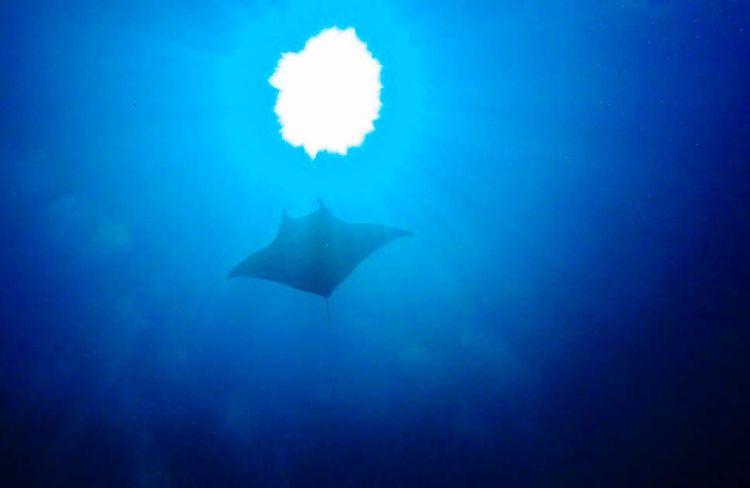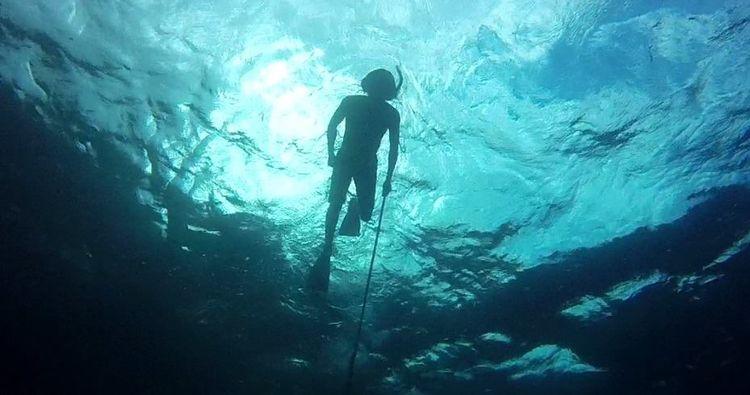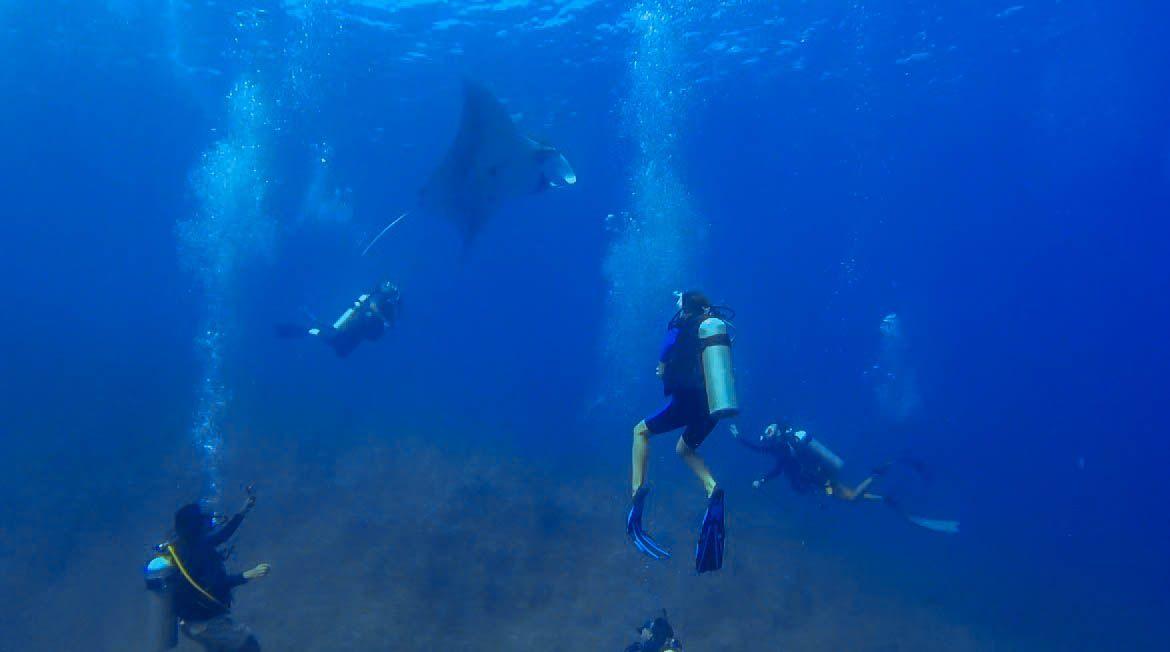Tourist swimming with megafauna such as whales and dolphins is intended to be regulated in Baja California Sur in accordance with a proposal to create a new protected natural area, promoted by civil organizations, called the Dos Mares Biosphere Reserve.
The civil organizations DePesca, Beta Diversidad and Orgcas are promoting the creation of the Reserve, a category of natural area that seeks to protect 19.2 million hectares of the Gulf of California and the Pacific Ocean that surround Baja California Sur, in northwestern Mexico, from unregulated tourism, underwater mining and industrial fishing.
The proposal for the natural area was presented to Semarnat, who will assess whether it is presented to President Andrés Manuel López Obrador to issue a decree.
A relevant part of the project is an interspecies management plan that would regulate tourist activities without permits or authorizations from Semarnat.
These include those related to swimming with species such as dolphins, turtles and mobulas that began to grow considerably in Baja California Sur without management plans to regulate human interaction with these species.
Currently, there is a Management Plan for the Conservation and Non-Extractive Use of Whale Sharks through observation and swimming and another for the observation of sea lions in La Paz, capital of that state. However, there are none for the rest of the marine megafauna that exists on the coast of the entity.

Giant stingray on La Reina, an island near Espíritu Santo in La Paz. Source: Miguel Gómez

Social media post from May 2022 by a tourism company in Baja California Sur.
According to the recent proposal presented, the buffer zone of the natural area (about 10.4 million hectares) will allow coastal fishing, sport fishing and responsible tourism.
To make this type of tourism possible, the reserve proposes to regulate these tourist activities through a multispecies management plan instead of making a program for each of the species, and that this includes giant mantas, mobulas, sharks, striped marlin, dolphins and turtles.
“In the Reserve, what is proposed is a multispecific plan where you have your permission, such as in Cabo Pulmo, Revillagigedo or Espíritu Santo, and the reserve management plan establishes how you will interact with each of these species and recognizes 10 subsections because we know that each section has its own peculiarities and its own advice,” said Frida Lara, scientific coordinator at Orgcas at a forum for the socialization of the initiative.
This is a proposal that maintains that economic development goes hand in hand with biodiversity.
“It's nature-based tourism, in which biodiversity grows and incomes grow and we're doing better, because there are clean beaches, healthy reefs, megafauna sighting and successful fishing,” he added.

Recreational diving in Baja California Sur. Source: Miguel Gómez
Francisco Gómez, director of the Whale Museum, pointed out that this interspecies plan should generate a guide to all marine megafauna and establish what activities can be done with them, but he is inclined to incorporate the idea of not entering to interact with them in the sea in any location.
“We need to let them live and to disrupt their habitat as little as possible. There are very interesting poles that could be developed to attract recreational diving, rather than running around and harassing species, defining some key points so that people can dive and occasionally they will see these organisms, but with more extensive knowledge, it may have a less negative impact,” he said.
Tourism service providers in La Paz, such as Arturo Bocos, expressed some doubts regarding the resources that the Biosphere Reserve would have so that instruments such as the interspecies management plan work and are not just made of paper.
For their part, the promoting organizations assured that they had a private funding plan that would allow them to operate the area and comply with these plans.



Comentarios (0)